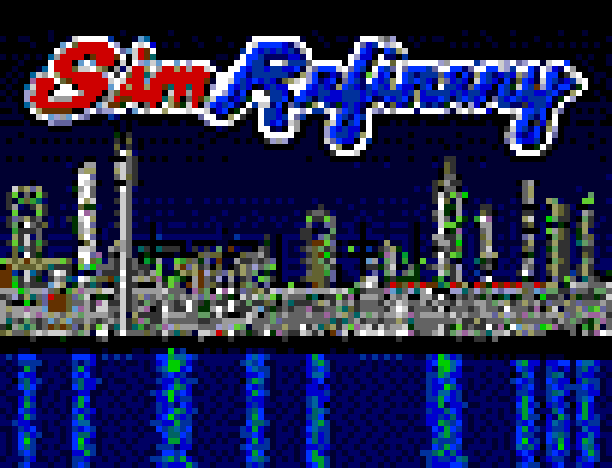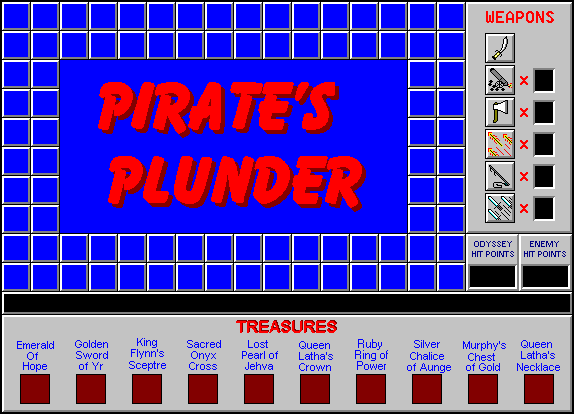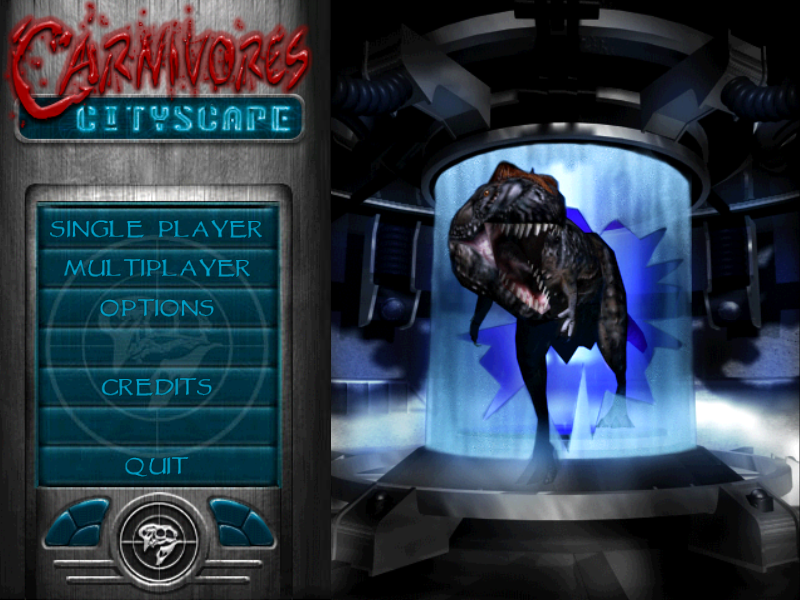When SimCity got serious: the story of Maxis Business Simulations and SimRefinery 

SimCity wasn’t meant to be taken seriously.
The game was inspired by research on real-world urban planning concepts,2,3 and although it was created as a way for players to experiment with running a city, the goal was to be fun rather than accurate. “I realized early on, because of chaos theory and a lot of other things,” said designer Will Wright, “that it’s kind of hopeless to approach simulations like that, as predictive endeavors. But we’ve kind of caricatured our systems. SimCity was always meant to be a caricature of the way a city works, not a realistic model of the way a city works.”4
“I think if we tried to make it realistic, we would be doing something that we wouldn’t want to do,” Wright said in an interview in 1999.5 But that didn’t stop companies from believing Maxis could design realistic simulations. Will Wright didn’t believe that was even possible. “Many people come to us and say, ‘You should do the professional version,'” he continued. “That really scares me because I know how pathetic the simulations are, really, compared to reality. The last thing I want people to come away with is that we’re on the verge of being able to simulate the way that a city really develops, because we’re not.”5
Maxis didn’t want to make professional simulation games. But for two brief, strange years, they did.
From 1992 to 1994, a division called Maxis Business Simulations was responsible for making serious professional simulations that looked and played like Maxis games. After Maxis cut the division loose, the company continued to operate independently, taking the simulation game genre in their own direction. Their games found their way into corporate training rooms and even went as far as the White House.
Almost nothing they developed was ever released to the public. But their software raises questions about the role we want games to play in society.
Over the past few years, I’ve spoken with employees from Maxis and the Business Simulations team to learn more about their company. For the first time, this is their story. » Read more about When SimCity got serious: the story of Maxis Business Simulations and SimRefinery



